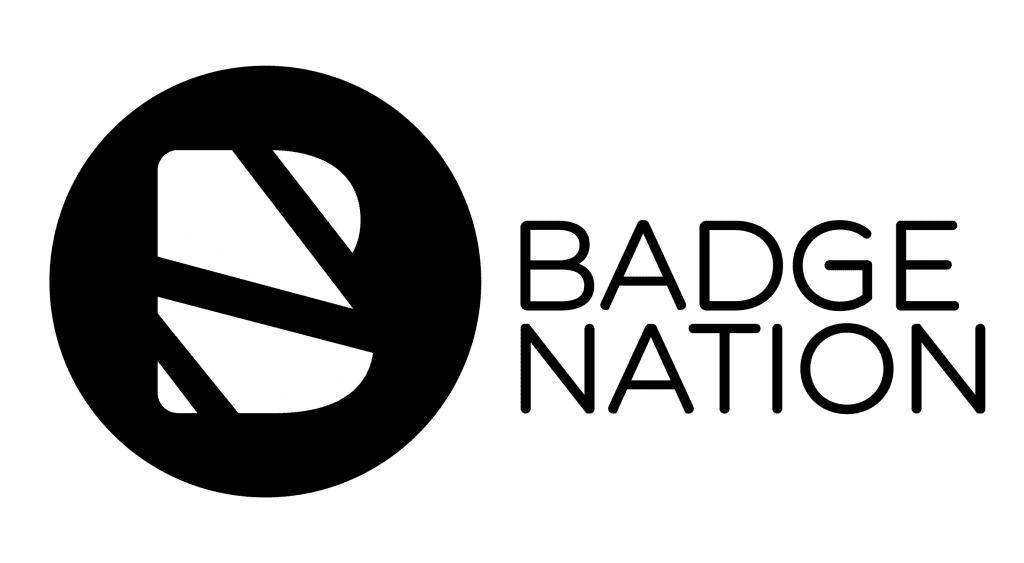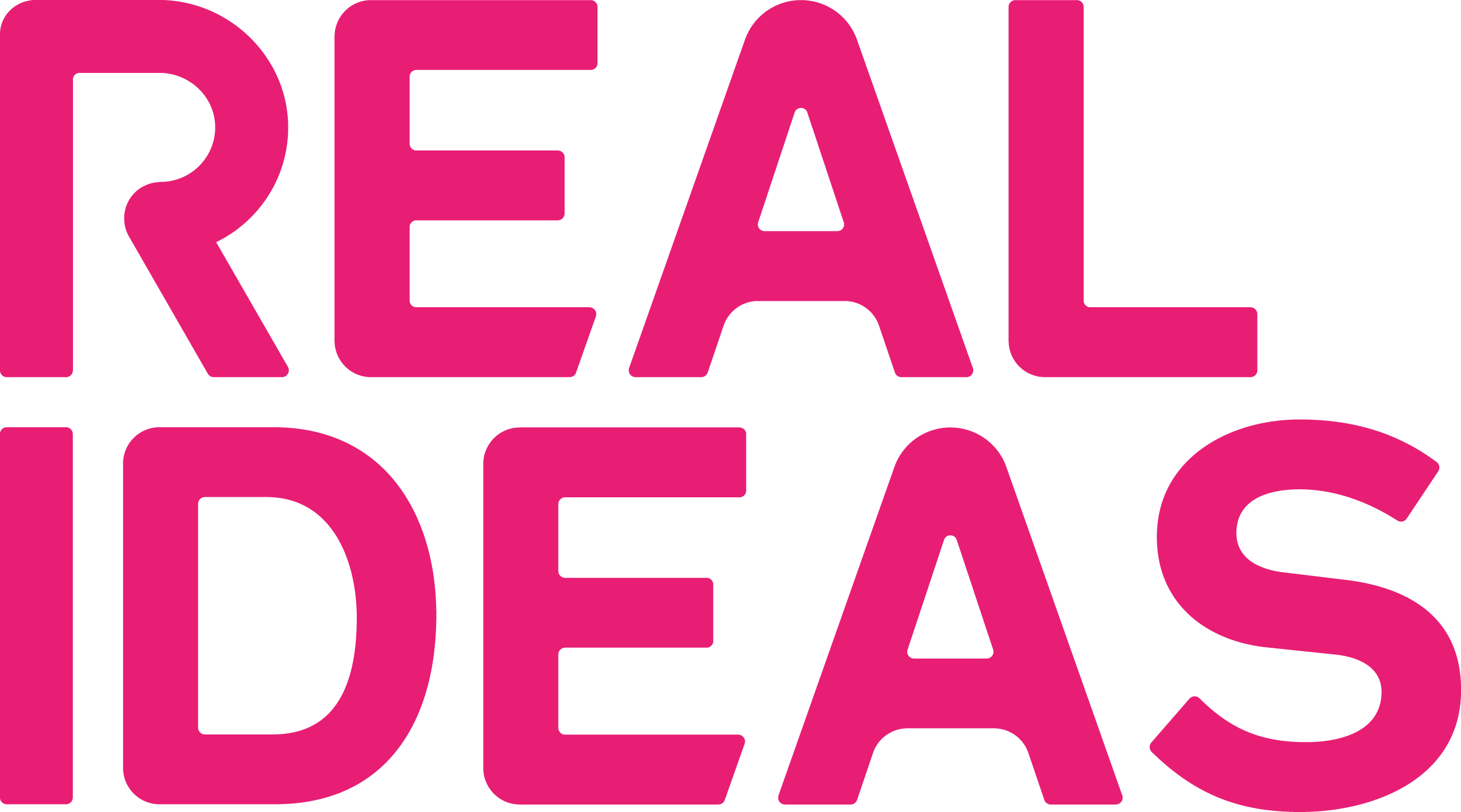As a Founding Member of Badge Nation, digital badges have filled my waking thoughts for several years now. I’ve lost count of the number of times someone at a social gathering has asked the dreaded question “what do you do for work?” that sees my friends roll their eyes and me launch into a sermon on the uses of badges and the potential benefits they bring to individuals.
I have worked on our Quality Assurance (QA) process for quite some time and it is intensely rewarding to see all of the incredible programmes and activities happening across our community of 200+ member organisations. Reading each day about the journeys individuals are taking, the skills they are being recognised for, and the incredible work happening for people, places and planet, makes my job a lovely place to be.
Badge Nation is the world’s only dedicated service for quality assuring digital badges, and we have done a great deal of learning since the Cities of Learning pilot in 2019/20. We’ve seen good badges, great badges, and – the main purpose of our QA process – badges that need a little help to get ready for issuing. Each new badge that passes through our QA process broadens our learning a little more, and we relish any opportunity to consider what makes a great badge.
I would happily spend all day browsing new badge submissions if I had the time, so when carrying out QA, I keep myself on track by focusing on a few key questions about the information within the badge. In the spirit of sharing knowledge and writing great badges, here are my top 5 questions to ask yourself when writing a new digital badge:
Does this badge pass ‘The Stranger Test?
A digital badge could be the first introduction an individual has to your organisation or activities, either through viewing the badge on social media or on badge pathways platforms such as Navigatr, so it is important each badge contains the necessary context.
‘The Stranger Test’ is a simple element of the QA process in which we check that the information submitted for a new badge is easily understood by someone that is unfamiliar with your organisation or activities. If a badge doesn’t explain what an individual has done to earn the badge, or is difficult to understand, it might not pass the Stranger Test and we will get in touch to gather additional information. See the FAQ “How can I make sure my badge passes ‘The Stranger Test’?” on our Support to Write Badges page for more information on passing The Stranger Test.
Is this badge mapped to the right layer of the RSA Badge Standard?
All Badge Nation badges are quality assured to the RSA Badge Standard which is endorsed by City and Guilds. This standard captures the kind of activity your earners are undertaking, and how they are using their new skills.
Mapping to the right layer of the Badge Standard is important when writing new badges, it can take time to get used to and is often a cause for discussion during the QA process. We still have the occasional debate in our team! See the FAQ “What layer of the Badge Standard should my badge sit at?” on our Support to Write Badges page for more information on mapping to the Badge Standard.
Are the skills tags properly referenced?
Skills tags are an important ingredient in a digital badge. They link badges to live labour market information, pull into pathways, and support earners to identify their transferrable skills when seeking future opportunities.
We recommend using the Navigatr Skills Scanner powered by Lightcast to produce tags for your badge, but we also offer the option of entering tags that aren’t generated using the scanner if you find yourself wanting to add extra tags that you feel will be important to the earner.
Too many tags can make a badge lose focus and will affect the insights and live labour market information associated with that badge, so as part of QA, we may remove tags that are duplicates, similarly named tags that cover the same skill, and tags for skills that aren’t referenced in your badge.
To avoid tags being removed as part of QA, we recommend ensuring each additional tag is explored in earning criteria. See the FAQ “How can I make sure my skills tags are properly referenced?” on our Support to Write Badges page for more information on referencing skills tags.
Will an earner want to accept this badge?
Considering why an earner would want to accept a badge is one of our ‘golden rules of badge writing’. Supporting earners to shout about their skills and experience is the central pillar for why we founded Badge Nation – a digital badge does no good sat unclaimed in someone’s inbox, and there are a number of reasons that an earner might not wish to accept a badge that has been issued to them.
One element to consider is whether the badge still has use for the earner in 12 months’ time. The ultimate goal for any badge is to provide earners with a credible reference that they have undertaken learning, participated in activities or demonstrated skills, and provide them with a smart and simple way to share this on social media such as LinkedIn or their CV.
Granted, not every badge is destined to be the crowning jewel of an individual’s collection and there are always examples where a light-touch badge is appropriate for an activity, but badges that are too vague or don’t contain any detailed information are less likely to be accepted and shared on social media and CVs. Putting some thought into what an earner could do with the badge in 12 months can go a long way for increasing your badge acceptance rates.
Another element to consider is how comfortable the earner feels about accepting the badge. Although we are great lovers of the versatility of badges and will always encourage you to include details about the programmes or activities that your earners have engaged with, we will also recommend that this is done with a focus on the earner’s growth and development.
Badges that contain programme copy about certain eligibility criteria can be off-putting to earners. For example, adding information such as the earner being disadvantaged, at risk of expulsion from school, long term unemployed, of a certain economic background etc. can make the badge much less likely to be accepted and shared on social media and CVs.
Recognising earners for overcoming challenges is always appropriate, but we recommend this is conveyed in the positive light the activity intends, rather than a focus on any negative circumstances that led to the earner’s engagement.
Could this badge form part of a pathway?
A pathway on Navigatr is a way to visually organise and connect a series of digital badges on a web page.
A pathway is a brilliant tool to help earners identify destinations that match their goals and embark on new learning journeys. By moving through related learning experiences and activities in a structured way, earners can easily understand how they are progressing and what their next steps are.
Pathways can be used to structure existing learning routes, courses, learning experiences, training and qualifications, or reflect new offers that connect informal learning to employment or other opportunities.
It is a great idea to think about if your new badge is a step in a series and could form part of a pathway, or if your badge covers many steps of a journey that could benefit individuals if organised in a pathway. See Navigatr’s pathway guide and FAQs for more information on pathways.
We strive to be member-led and are always excited to chat about any questions or ideas you have around digital badges. If you are interested in starting your own digital badging journey, get in touch via the Badge Nation website and we will be delighted to speak with you.

